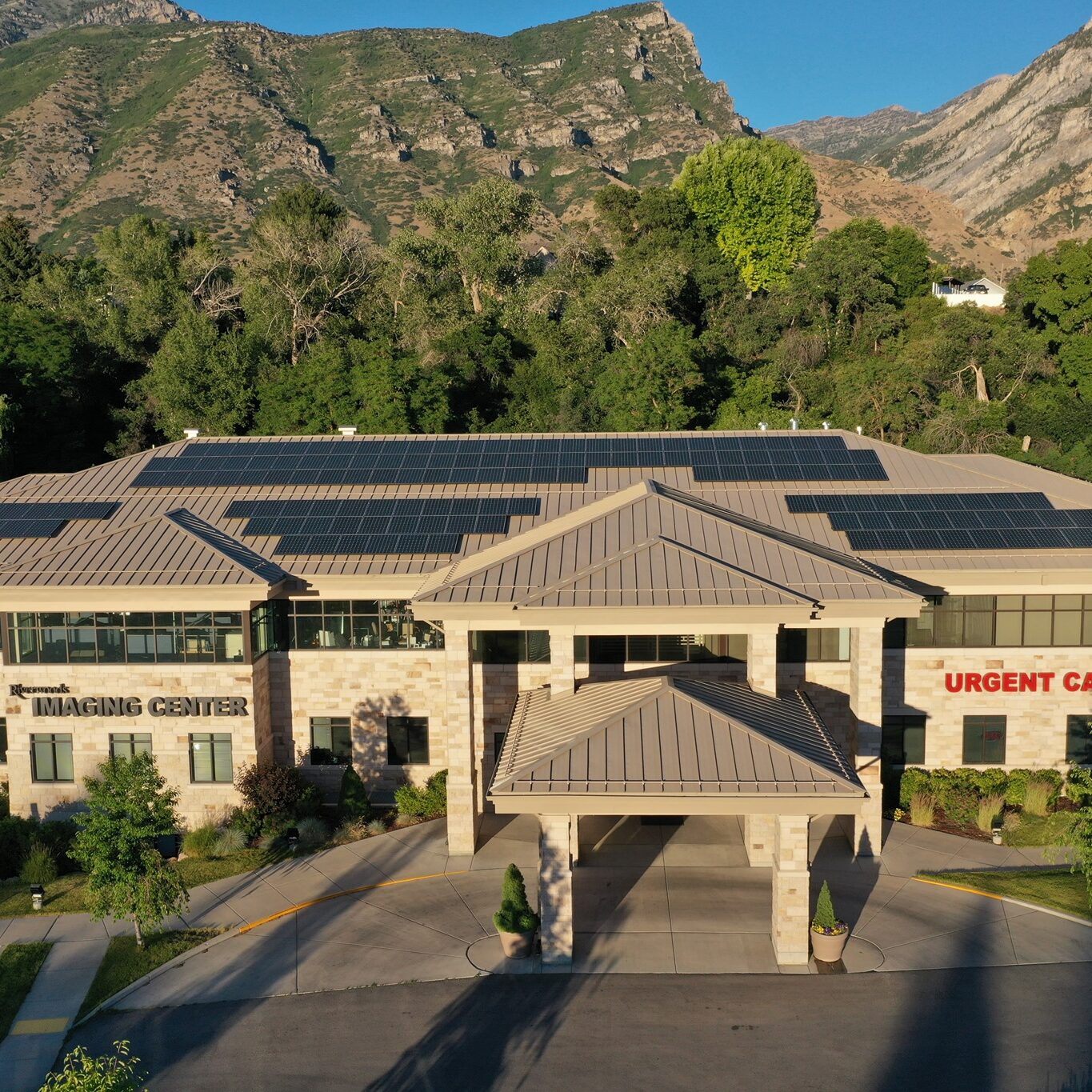
Prostate Artery Embolization for Treatment of an Enlarged Prostate
As men age, their prostate continues to grow and after the age of 60 years, 50% of men begin experiencing problems with urination. The prostate can constrict or partially block the urethra, causing an increase in frequency of urination, incomplete emptying of the bladder, dribbling at the end of urinating, incontinence, weak stream and difficulty starting urination. In some men, this affects their ability to get good sleep, thereby affecting their quality of life. This is called benign prostatic hyperplasia…
As men age, their prostate continues to grow and after the age of 60 years, 50% of men begin experiencing problems with urination. The prostate can constrict or partially block the urethra, causing an increase in frequency of urination, incomplete emptying of the bladder, dribbling at the end of urinating, incontinence, weak stream and difficulty starting urination. In some men, this affects their ability to get good sleep, thereby affecting their quality of life. This is called benign prostatic hyperplasia (BPH).
The traditional method of treating BPH is with a surgical procedure called transurethral resection of the prostate (TURP). This is an expensive surgery that often leaves the patient with months of unwanted side effects such as, incontinence, erectile dysfunction, urinary tract infection and dry ejaculation.
Blue Rock Medical has a less invasive, lower cost treatment that doesn’t leave patients with all the unwanted side effects of traditional surgery. It’s called a prostate artery embolization (PAE). It’s done by interventional radiologists, medical doctors, under mild sedation using image guidance. A catheter is inserted through a tiny incision in the artery of the groin. Once the catheter is in position near the prostate, mapping of the blood vessels that feed the prostate arteries is done. Next, microspheres, or tiny particles are injected through the catheter into the blood vessels which in turn reduces its blood supply. The procedure is then repeated on the other side.
In most cases, relief begins to occur within days as the prostate shrinks and relieves the pressure on the urethra. The patient takes it easy for a couple of days and then resumes his normal activities.
Why choose Blue Rock Medical?
- PAE is covered by most insurances
- Much lower cost option than traditional surgery
- Faster recovery than traditional surgery
- Mild sedation (no anesthesia) which makes it a lower risk procedure
- Same efficacy as traditional surgery
- No awful side effects of erectile dysfunction, incontinence and dry ejaculation
To learn if you are a candidate for PAE, schedule your screening or consult with Dr Andrew Gibby, M.D. or Dr Conrad Gibby, M.D at 801-229-2002
References: Merit Medical https://www.ask4pae.com/
Visit Blue Rock Medical today

Visit Blue Rock Medical today
Address
3152 N University Ave, Provo, UT 84604
Phone Number
Hours
Monday - Friday
7am - 6pm
